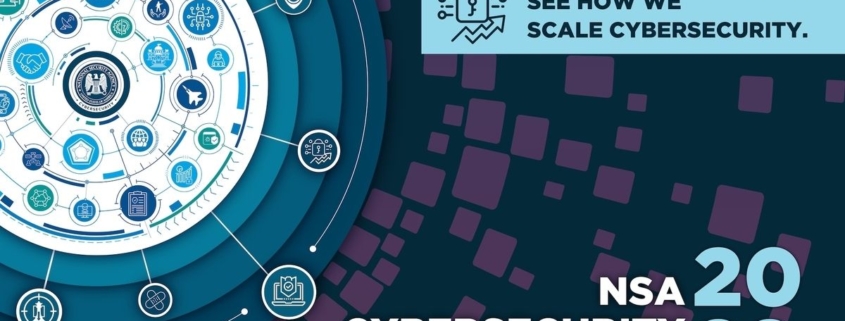New Malware, Hacker Recruitment, and Global Threats Unveiled
Welcome to this week’s edition of the Cyber Security News Recap, diving into the forefront of cybersecurity advancements and the latest global threats. Our mission is to arm you with the knowledge needed to safeguard your digital landscape. From the recruitment of pentesters by a notorious hacker group to the discovery of innovative malware exploiting telecommunications protocols, we’ve got you covered.
Emerging Threats and Advanced Malware
One of the most concerning developments is the discovery of GTPDOOR, a Linux malware exploiting the GPRS protocol for stealthy command and control (C2) communication. Originating from the LightBasin hacker collective, this malware poses a significant threat to telecommunications networks, allowing attackers to spy on infected devices and exfiltrate sensitive data. Alongside, the Lazarus group’s exploitation of a Windows Kernel 0-day vulnerability in the wild demonstrates the increasing sophistication of cyber-attacks. Additionally, the startling revelation that millions of GitHub repositories have been infected with malicious code underscores the widespread vulnerability of open-source platforms.
Innovations in Cybersecurity Tools and Techniques
Amidst the alarming news, the cybersecurity community continues to innovate. The release of HackerGPT 2.0, a ChatGPT-powered AI tool for ethical hackers, marks a significant advancement in leveraging artificial intelligence for cybersecurity defense. Similarly, the deployment of the Stellar Cyber Open XDR platform by RSM US aims to enhance the security posture of clients by providing comprehensive threat detection and response capabilities. The publication of the NIST Cybersecurity Framework 2.0 offers updated guidelines for improving cybersecurity practices across industries.
Global Responses and Preventative Measures
On the global stage, the Five Eyes agencies’ exposure of Russian APT29 cloud attack tactics highlights the ongoing cyber espionage activities and the need for increased international cooperation in cybersecurity. Furthermore, the FBI and CISA’s warning about the ALPHV Blackcat ransomware targeting hospitals underscores the…



